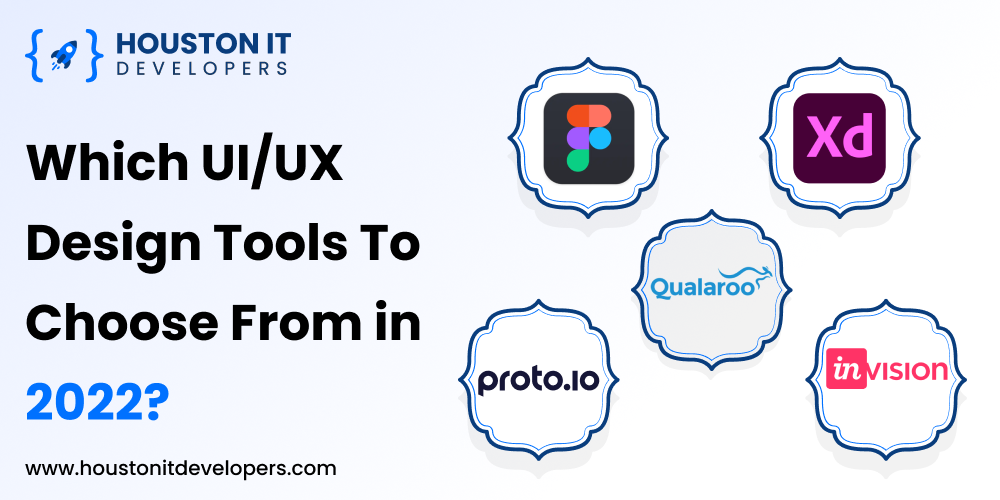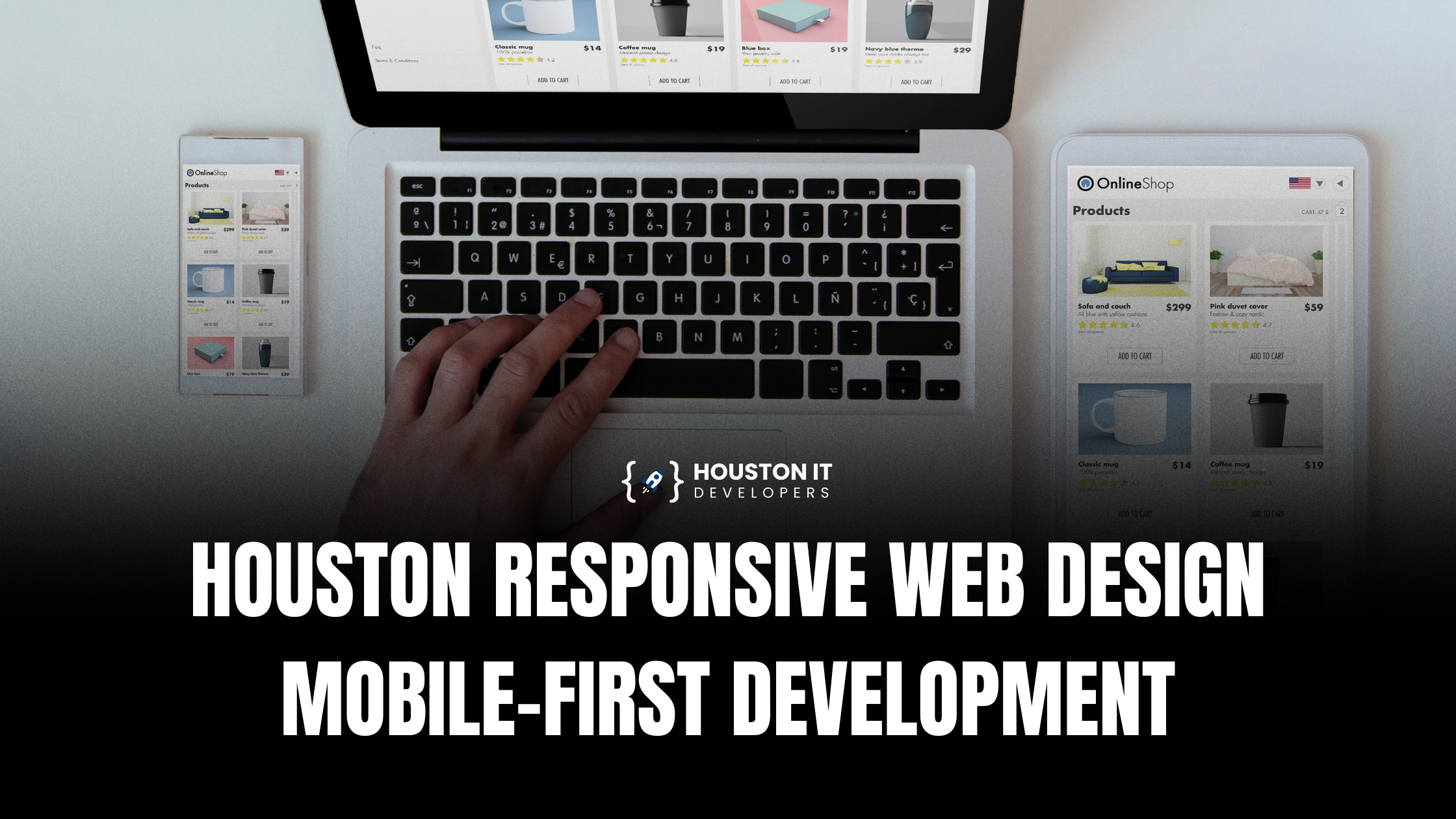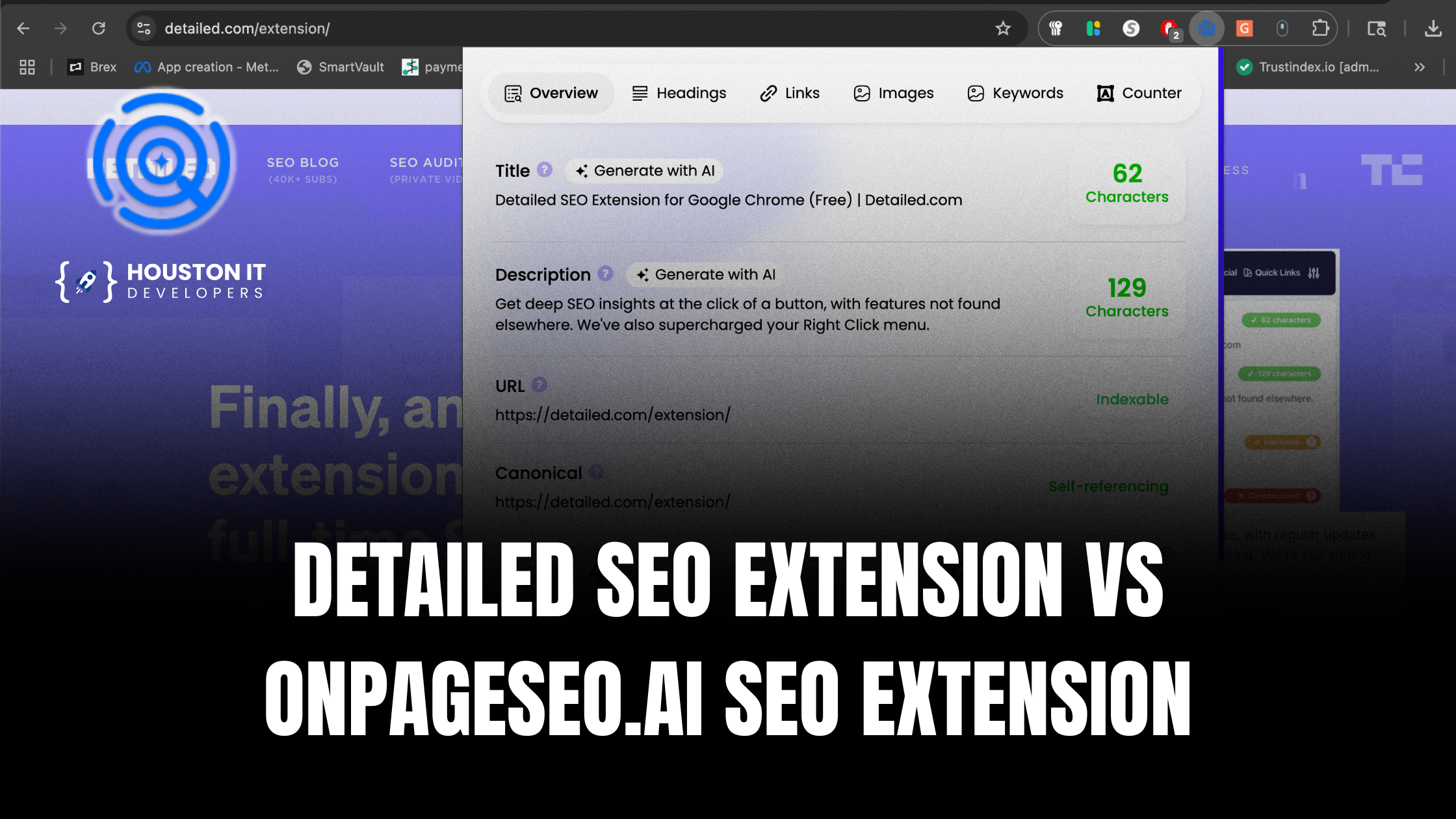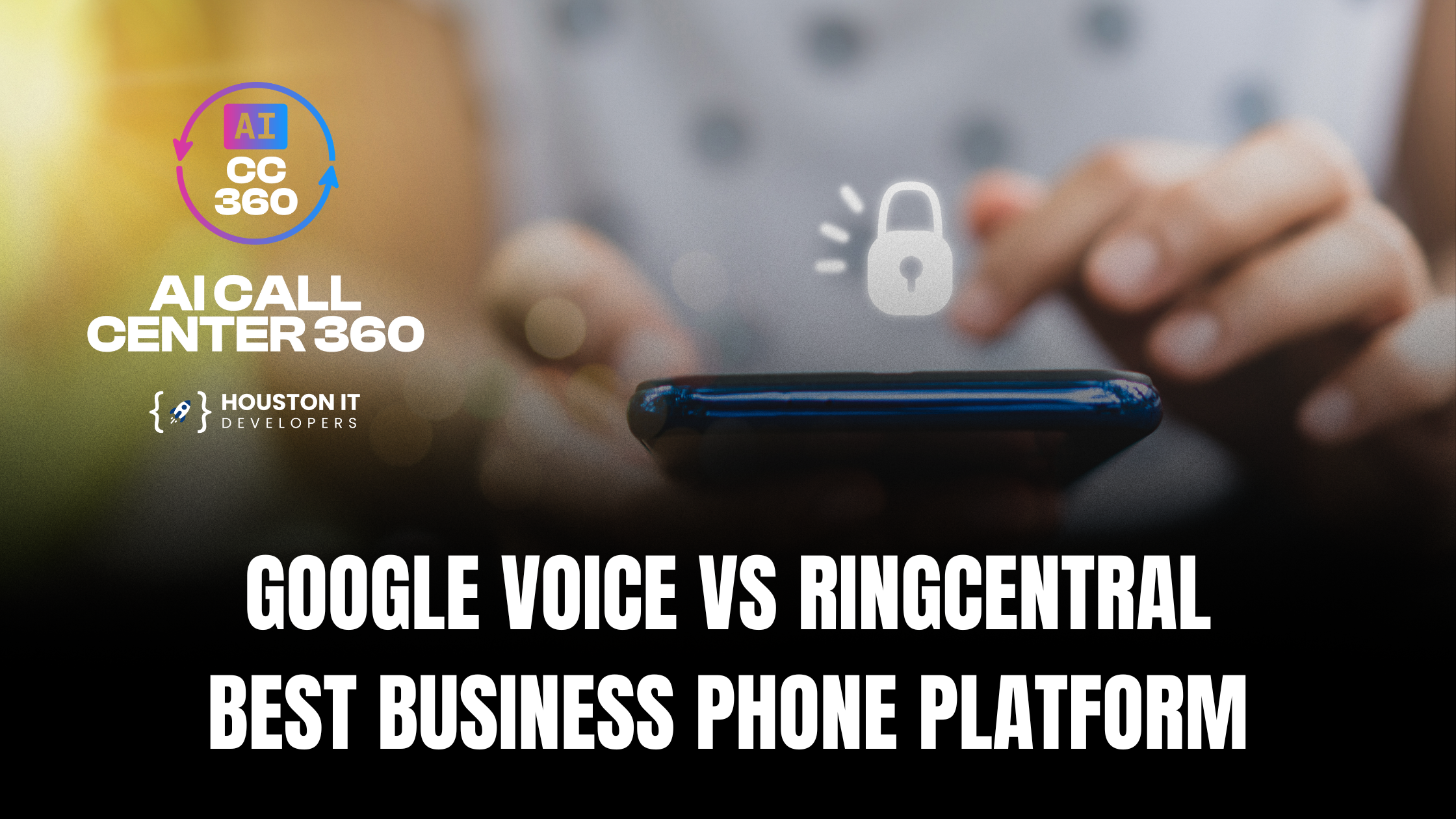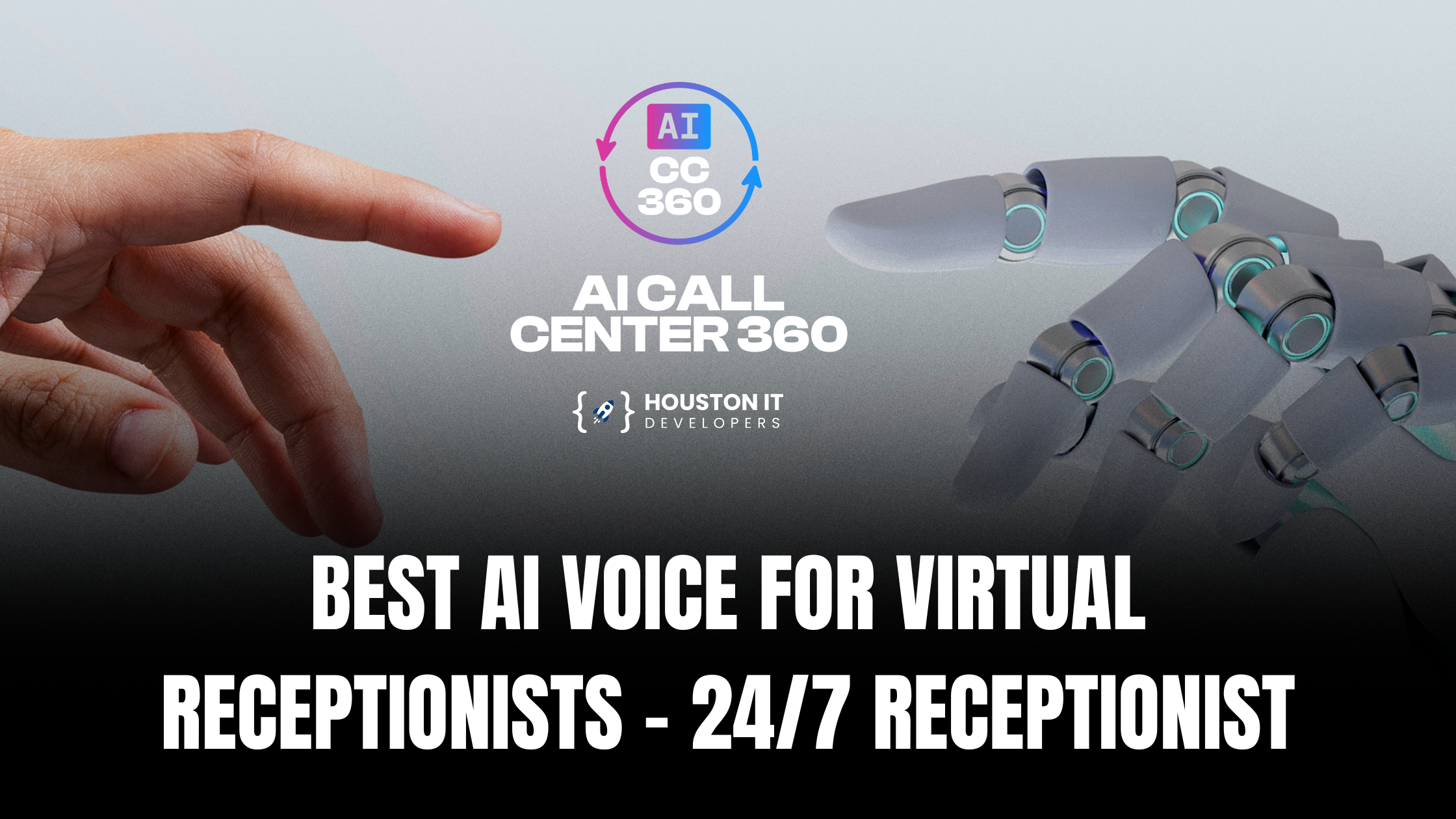Prototyping and wireframing can save a lot of time and effort. Besides giving a rough idea of the app/website, it helps to ensure things are going on smoothly and in the right direction. Earlier, there weren’t many UI/UX Design services tools available, the only one that mattered was Sketch.
These days, there are so many available that choosing one from the rest is confusing, to say the least. In this blog, we’ll see some of the best UI design tools you can choose from.
Best UI/UX design tools in 2022
1. Mockflow
If you require to make only mockups, then MockFlow is amongst the best UI design tools for you. With this, you can make basic layouts quickly in a presentable form. Mockflow comes with a free plan for single users and an advanced one for collaborative wireframing.
Pros
- Quick and easy to use
- Free plan
- Wireframe-focused
Cons
- Some basic features are available only in the paid plan
2. Axure
This one is focused on making complex wireframes and UI/UX designs based on dynamic data. With Axure, you can make projects with a more technical standpoint that requires attention to detail. Axure comes with a 30-day free plan.
Pros
- Great to build complex prototypes
- 30-day free trial
Cons
- No free plan
- Lacks a web-based version
3. Balsamiq
Those who are hunting for a solution to make a quick wireframe can count on Balsamiq. It has intuitive drag-and-drop features and buttons that can lead to other pages. This means you can make an integrated interface that you can share with your clients.
Pros
- Extremely user-friendly
- 30-day free trial
- A quick and intuitive solution
Cons
- Lacks a free version
4. Adobe Comp
This is ideal for those who would want to make a wireframe on the go. All you need is a tablet with a smart pencil that will allow you to develop and conceptualize a new design from anywhere.
The best part is, you can download this app for free with your Adobe ID. Additionally, if you are a Creative Cloud subscriber, you can seamlessly use Adobe Comp to sync all your creative assets in one place.
Pros
- Free to use
- Ideal to use on tablets
- Creative Cloud integration
Cons
- Requires an Adobe ID.
5. Proto.io
With this, you can turn rough ideas into fully-fledged designs right in your browser. You can even use this to make custom animations and use hand-drawn designs. With Proto.io, you can design any prototype which has a screen interface, like Smart TVs, gaming consoles, digital camera interfaces, and much more. You can validate your designs with the handy user testing feature.
Pros
- Browser-based
- Handy features for all uses
- Flexible to use
Cons
- No free trial version
6. Sketch
Though it is available only on Mac, Sketch is many designers’ favorite UI/UX design apps. It allows you to make complex designs and prototypes. Probably the best feature of Sketch is Symbols, which allows you to design UI elements that you can use anytime.
Pros
- Recommended by many experienced UI/UX designers
- Instant mobile previews
- Nested objects
Cons
- Mac only
- No free plan
7. Figma
If you are collaborating with a team for prototyping a website/app, Figma lets you do this from your browser itself. Available on almost all platforms, Figma is great if you need a copywriter, web developer, UI/UX developer, or other professionals working on the same project.
Pros
- Ideal collaboration tool
- Browser-based
- Ideal for mobile and desktop apps
Cons
- Some paid plans are expensive
8. Marvel
Ideal for rapid prototyping, Marvel helps you build pages and simulate designs through prototypes. It is easy to use and user-friendly. You can do a lot more with its integrations.
Pros
- Web-based platform
- Free plan
- Many good integrations
Cons
- Lacks a Windows or Mac app
9. Adobe XD
Though launched fairly recently in 2016, Adobe XD rivals Sketch as the best design tool. Its biggest advantage over Sketch is that it’s available both on Windows and Mac. If you have used Adobe software before, you will take some time to understand how Adobe XD works. Along with this, you also get to save your designs on the cloud with Adobe’s Creative Cloud.
Pros
- Has both free and paid plans
- Works on Windows and Mac
- Is recommended by leading designers
Cons
- Requires some time to learn it
10. UXPin
An end-to-end UX platform, UXPin is great for big design teams. UXPin comes with thousands of readymade components that you can use based on the platform you are designing for. It has a great customer support service along with strong collaboration features to work with various stakeholders.
Pros
- Thousands of pre-built design assets
- Free version available
- Excellent customer support
Cons
- Speed expectations are sometimes unsatisfactory
Conclusion
After reading this, we are sure you’ll be able to choose a UI/UX design tool that matches your expectations. There are so many out there, you should choose one that both you and your team can use after a bit of learning. If you need any help, do contact us.
